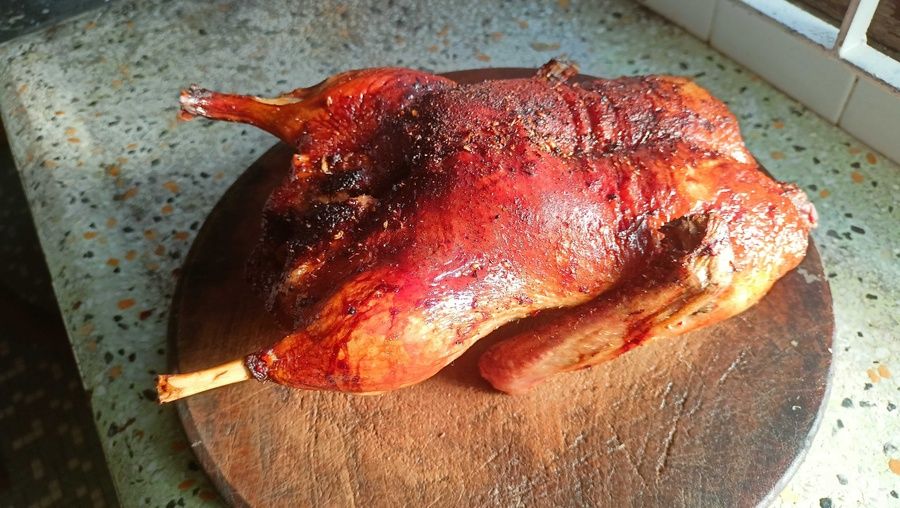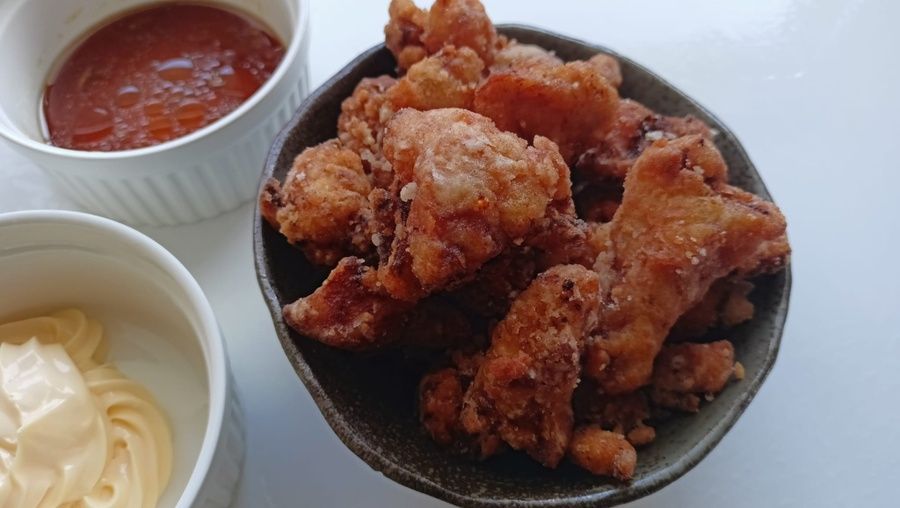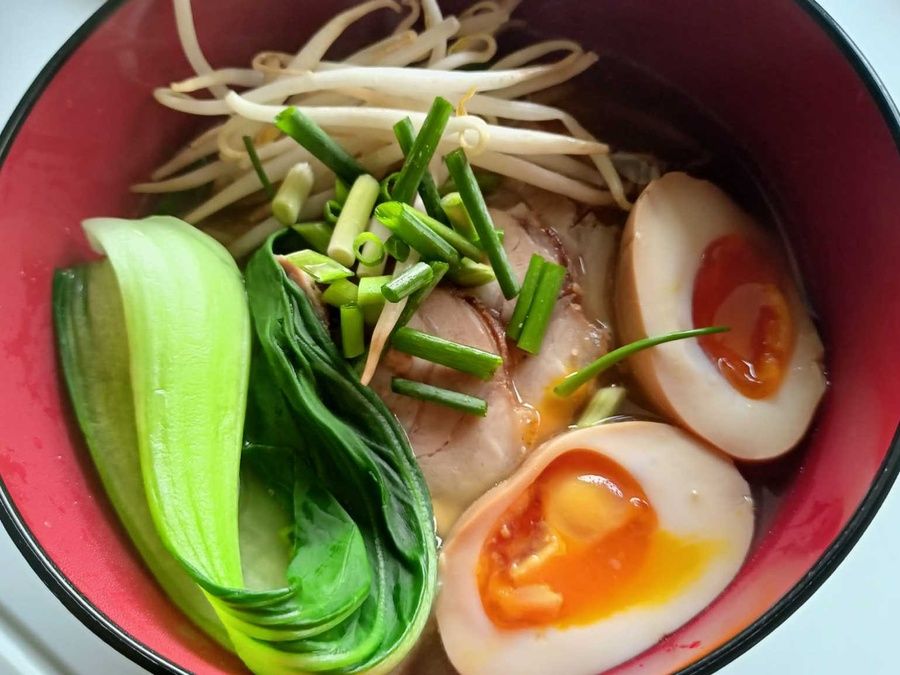

Barefoot Chef
Quick Miso Ramen
What do I need?
The noodles used in miso ramen can vary, but they are often wheat-based and have a hearty and chewy texture. Accompanying the noodles are a variety of toppings, which may include sliced green onions, corn, bean sprouts, seaweed, and sometimes meats like pork or chicken. There's a particularly cool type of ramen hailing from Hokkiedo that contains ground pork, corn and butter, along with lots of other types.
Why Miso?
One distinctive feature of miso ramen is its robust and complex flavor profile. The miso paste adds depth and a unique taste to the broth, making it different from other popular ramen varieties like shoyu (soy sauce) or shio (salt) ramen. Miso ramen is a comforting and satisfying dish that has gained popularity not only in Japan but also internationally, with various regional variations and interpretations. It has become a beloved choice for ramen enthusiasts seeking a bold and savory noodle soup experience.
INGREDIENTS
For the Stock (Dashi): Serves 4
1 liter water
20 g (1 oz) dried fish (bonito flakes)
20 g (1 oz) Kelp
For Miso Tare
Half the dashi before
80 g (4 tbsp) miso
30 ml (2 tbsp) Mirin
For Toppings: (Per person)
100g fishcakes, sliced
200g cooked pork belly or pork shoulder, thinly sliced
1 green onions, sliced
Nori seaweed sheets, sliced
1 Egg soft boiled.
Method:
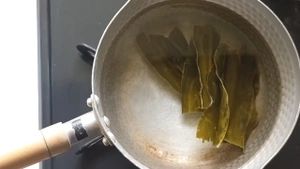
Combine water and kombu in a pot. Heat almost to boiling (do not boil), then remove the kombu. Add bonito flakes, steep for 5 minutes, then strain, reserving half the dashi for later.
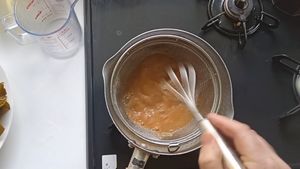
To the remaining dashi in the pan add the miso and mirin.

Boil ramen noodles according to package instructions, rinse well. In another pan add the dashi, add fishcake slices and simmer until heated through.

To assemble the ramen, Place cooked noodles in a bowl with miso tare inside. Pour hot broth over the noodles. Arrange pork slices, fishcakes, green onions, nori, and corn on top.

Barefoot Chef
This is the barefoot chef
Related Posts

Sep 07, 2024
Karaage - Japanese Fried Chicken